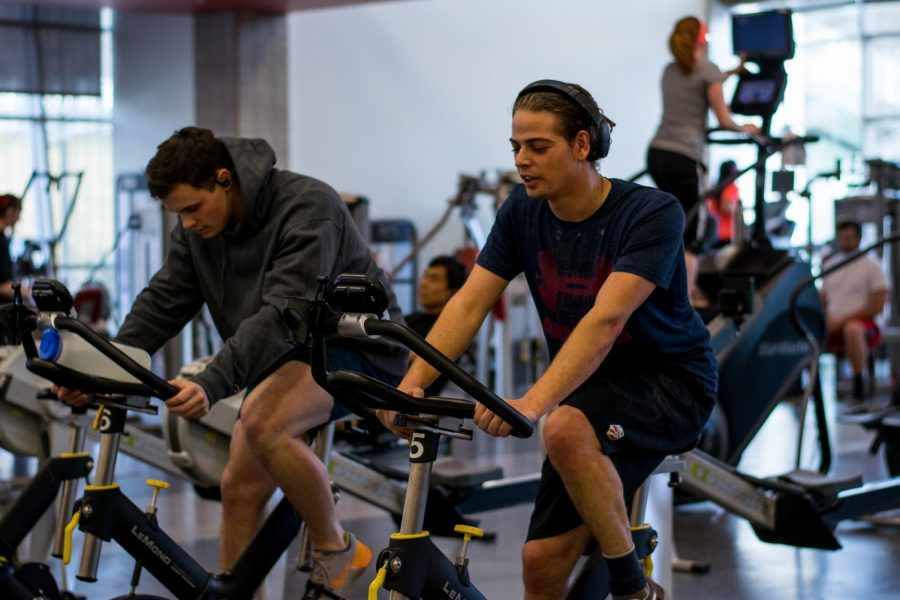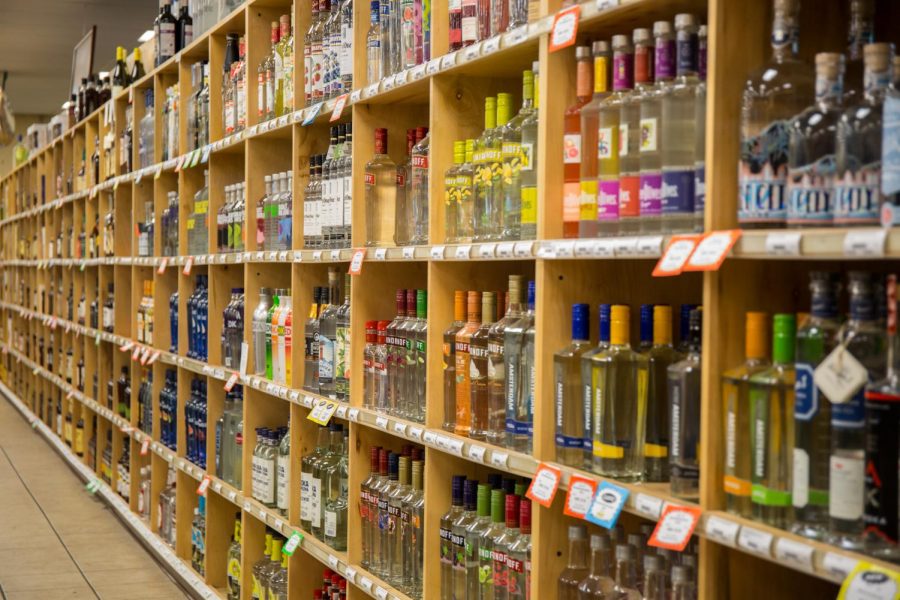Resolving to Keep Your New Year’s Resolutions
January 23, 2020
It’s easy to boil down something such as a New Year’s resolution to a cliche. You can imagine a peer or family member telling you as such, that by February they’ll have already forgotten what their resolutions even were. For myself, New Year’s Eve is not a remarkable or enjoyable holiday. Perhaps I’m overly practical in that I see no point in missing out on good sleep to watch celebrities make television commentary on the New York City ball drop or dragging out a party for hours longer than it should last. The date simply changes, I think, and why should that be nearly as big of a deal as when any other day passes? Life goes on and progression is not linear — burdening one week in January to an entire year’s worth of goal-making can’t be a sustainable model for accomplishment. Can it?
Salt Lake City Sticks to Resolutions

Well, according to a recent study put out recently by WalletHub, from a variety of major cities across the United States, members of the community of Salt Lake City were the ninth most likely to achieve their New Year’s Resolutions. Why did Salt Lake do so well compared to other places across the nation? What is it that we are doing right, and that other cities are doing better than us? Some immediate answers one might think of to explain this success might include our own hardiness and determination. I mean, come on. Utahns are pretty scrappy on the whole. Could the explanation be that we take New Year’s as an occasion to take more seriously than other cities do? Though it could be easy to jump to such conclusions, the fact remains that other cities which are likewise well known for these traits didn’t do so well in keeping their resolutions. New York City, for instance, which is again perhaps one of the most thrilling places to celebrate the new year with glitter and pizzazz, ranks quite a bit below Salt Lake in 30th place.
Financial writer Adam McCann, a contributor to WalletHub’s study, instead determined the success of different resolutions according to outside environmental factors. “Your location may be setting you up for failure,” he wrote, adding that “If you live in a neighborhood with no sidewalks or fitness centers nearby, for example, you may not feel as encouraged to exercise. The same goes if most of your restaurant options are limited to fast food — you may be less likely to eat healthy on days you dine out.” The statistics highlight interesting trends. For instance, cities with higher employment rates, highest median incomes and the least number of adults with health problems — like smoking, obesity and alcoholism — were the most likely to keep their resolutions. Other factors, such as parkland acreage and success of public schools also played into this, and the places with some of the most favorable factors were generally those at the top of the study’s overall rankings, from San Francisco, California, to Gilbert, Arizona.
In the meanwhile, cities that generally fell at the bottom of the list most struggled across these areas or with certain problems to an extreme. Taken simply, goalkeeping isn’t at all as simple as what a person is able to determine in the first few weeks of January, but what happens around oneself throughout the entirety of the year. Our success in our decisions about our own betterment cannot lie in instantaneous decisions. What we determine to surround ourselves by in our personal lives and our communities, in the long run, makes the difference.
Environment Matters

It might seem discouraging to imagine that it might not so much be our selected goals which matter to our growth than our surroundings. After all, most of us aren’t city planners or local government leaders, nor do any one of us make for the entirety of a consistently fluctuating economy. A city with more restaurants or nightlife than another is more likely to aid your start-of-the-year goal to socialize more often better than one which doesn’t without your having to think so much about it. Yet, what can one do who does not live in such a place? Even Salt Lake City certainly has its sparse, financially underprivileged and more spread-out areas where community engagement is less accessible from the most well off parts of downtown. In response to WalletHub’s research, Zlatan Krizan, a University of Iowa professor of psychology, suggested a solution. “People are creatures of habit, and cues in our environment sustain them,” he wrote. “Not going to the mall will certainly eliminate any purchasing; you cannot spend if you are not there.” As much as our world may change beyond the sense of individual control, consciously making what we are able to of our habits in relation to our surroundings is within reach.
As phrased by the iconic cleaning expert Marie Kondo, whom I adore, “By starting with the easy things first and leaving the hardest for last, you can gradually hone your decision-making skills, so that by the end, it seems simple.” There’s nothing wrong with writing out a five-year plan. However, as one of my favorite fictional characters once put it, you first have to choose a font to write it in. As well as it may do to outline grand hopes for ourselves we must remain mindful of how we curate our habits, to nurture the seeds that we decide to plant. As author James Clear explains in his New York Times bestselling book “Nuclear Habits,” “In many cases, the environment matters more” than motivation and skill alone, his calling it “the invisible hand that shapes human behavior.”
Clear recommends three important steps to shaping the spaces in which we live that I find quite effective, which includes automating good decisions, getting in the flow or remaining conscious of our behaviors and, lastly, avoiding negative influences that might distract us. Suppose I want to eat healthier. While this idea is a good resolution on its own, how can I affect my environment and daily living to achieve it? Following Clear’s suggestions, I could begin by proving myself with healthy ingredients and memorizing recipes I can make easily to support my new goal. My next step might be to keep a budget I’m aware of and a plan I can check with intervals. Finally, I can quit purchasing so many Ramen cups as I currently do, since I’ve come to notice that too strict a diet of vitamin-lacking noodles in salty water will make me feel drowsy and worn out.
With practice, I can change my simple hope for improvement into a real long-time track by immersing myself in a conducive environment in my habits, and supposing I take my goal a step further to organize and clean my kitchen, my physical environment as well. Remember, even though we treat New Year’s as a special day, it’s the ordinary days we tend not to pay attention to which count the most. After all, as Clear wrote, “It is important to remember that the environment drives our good behaviors as well as our bad ones.”












